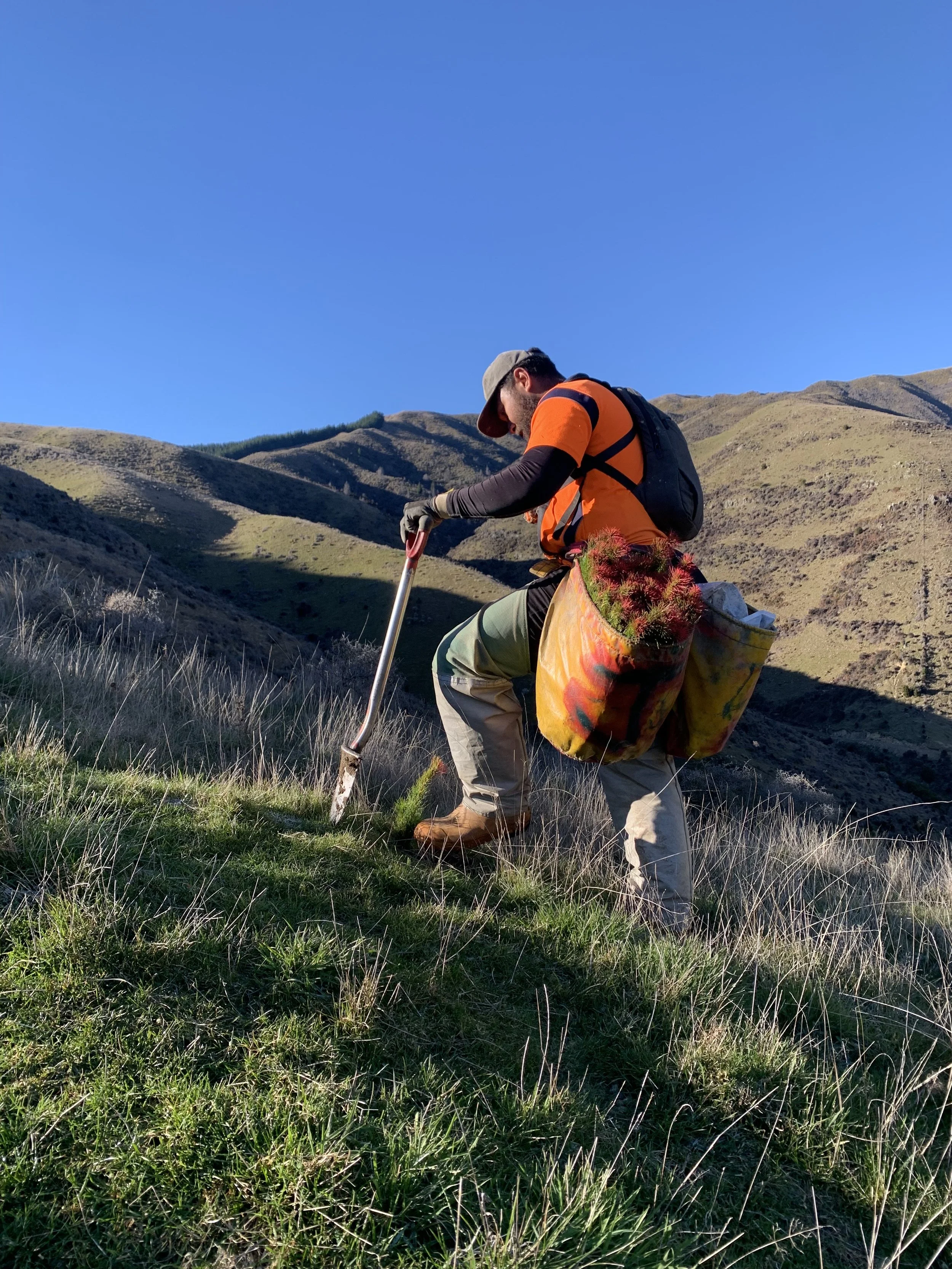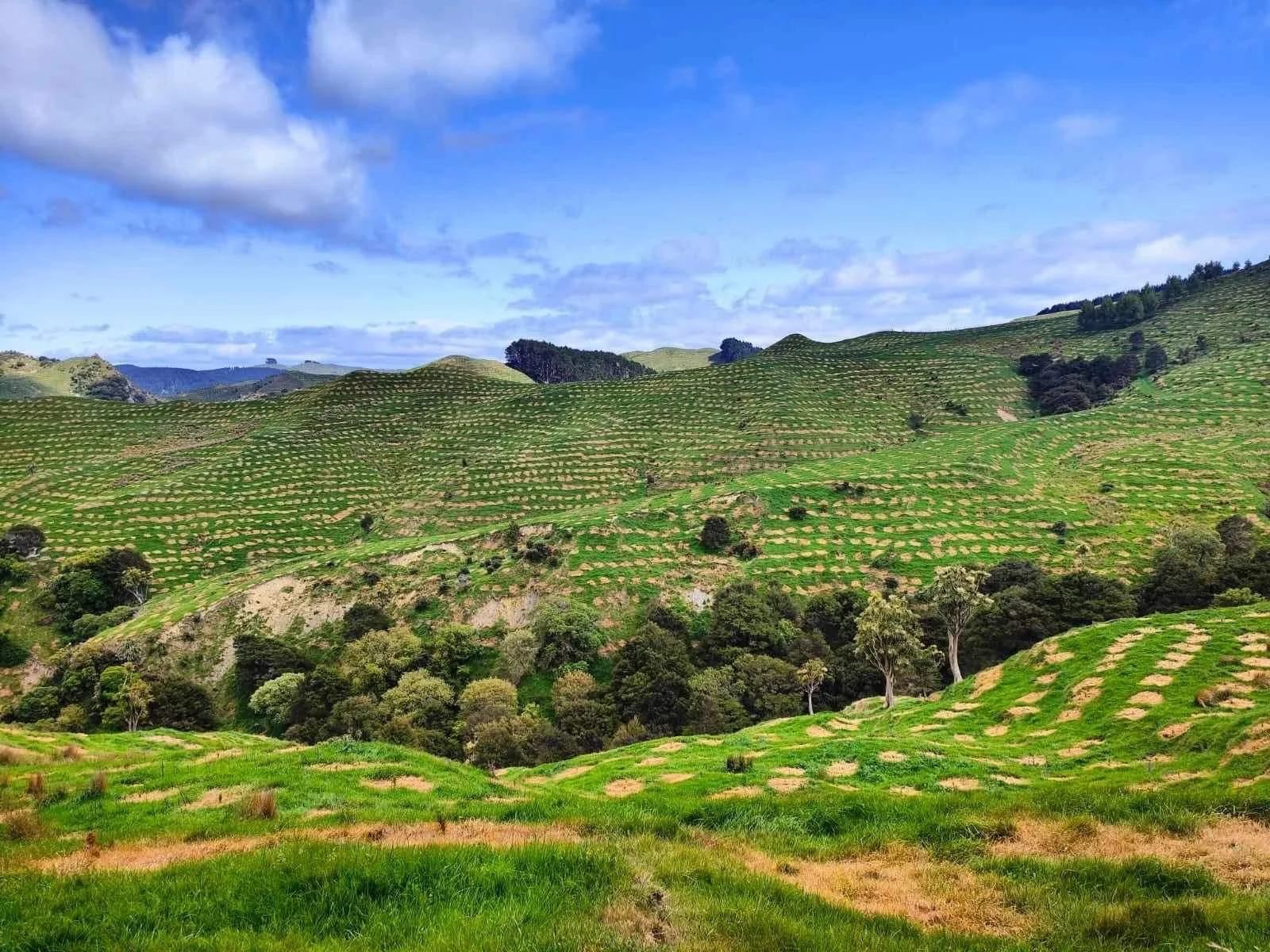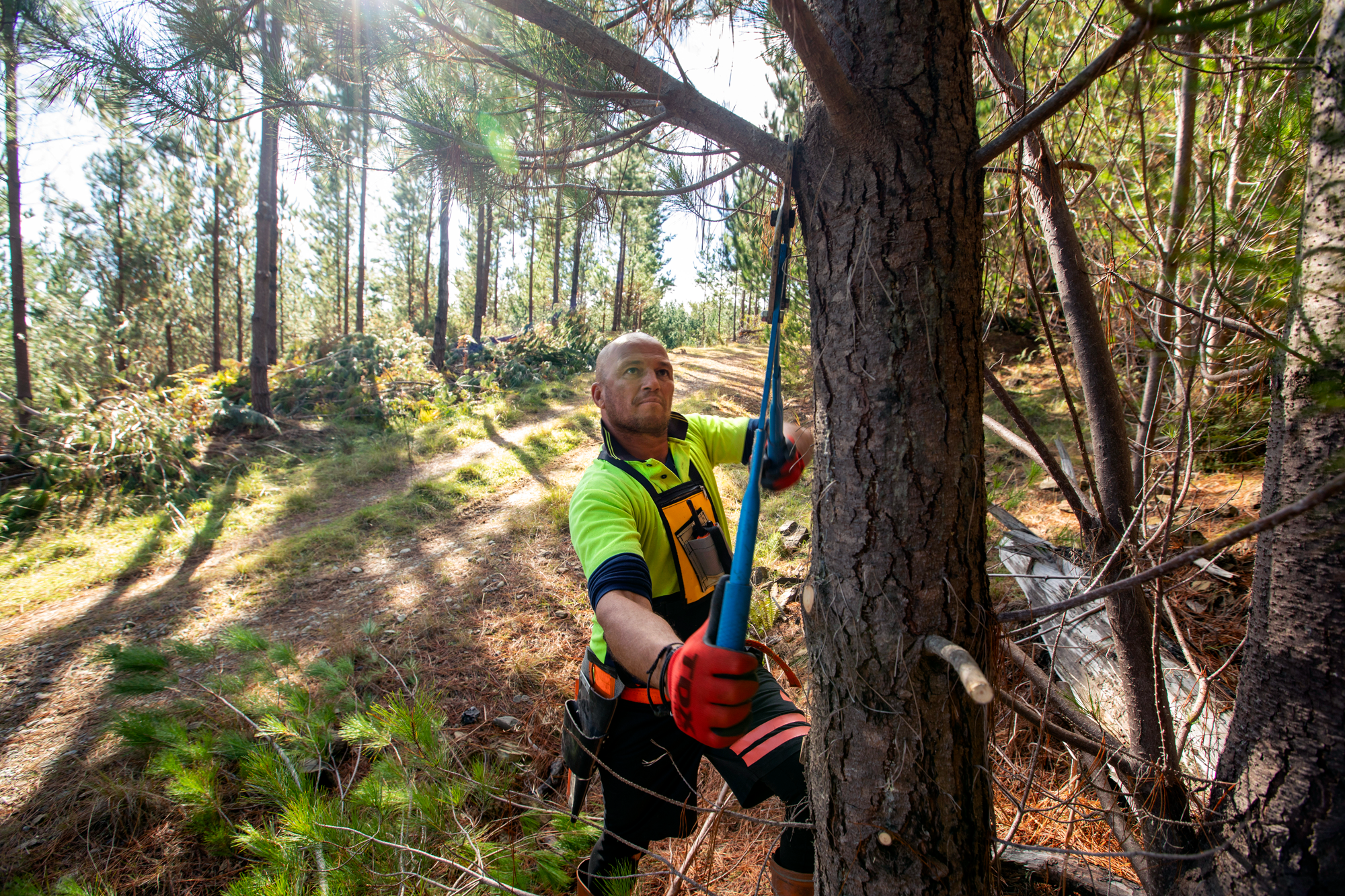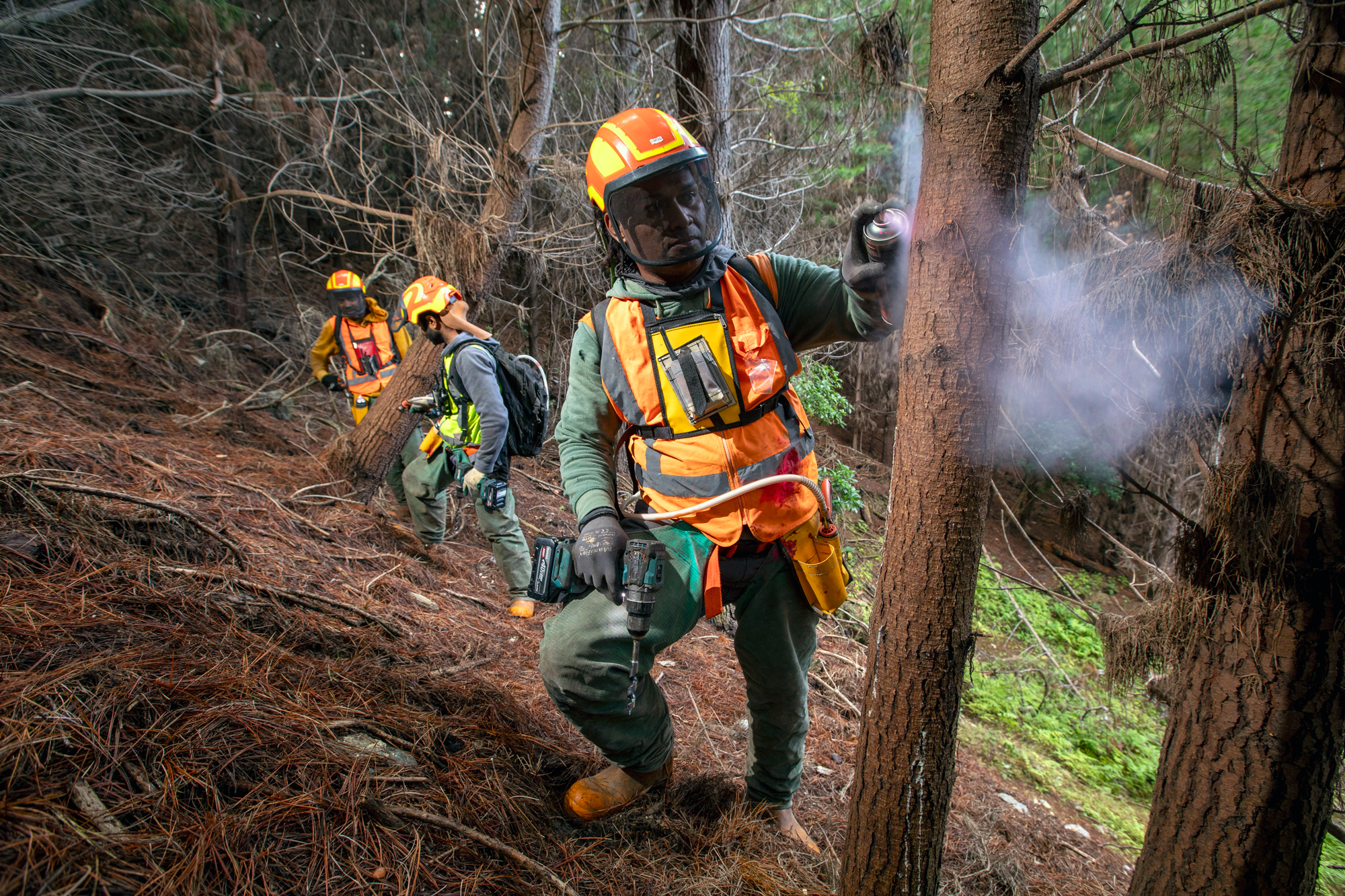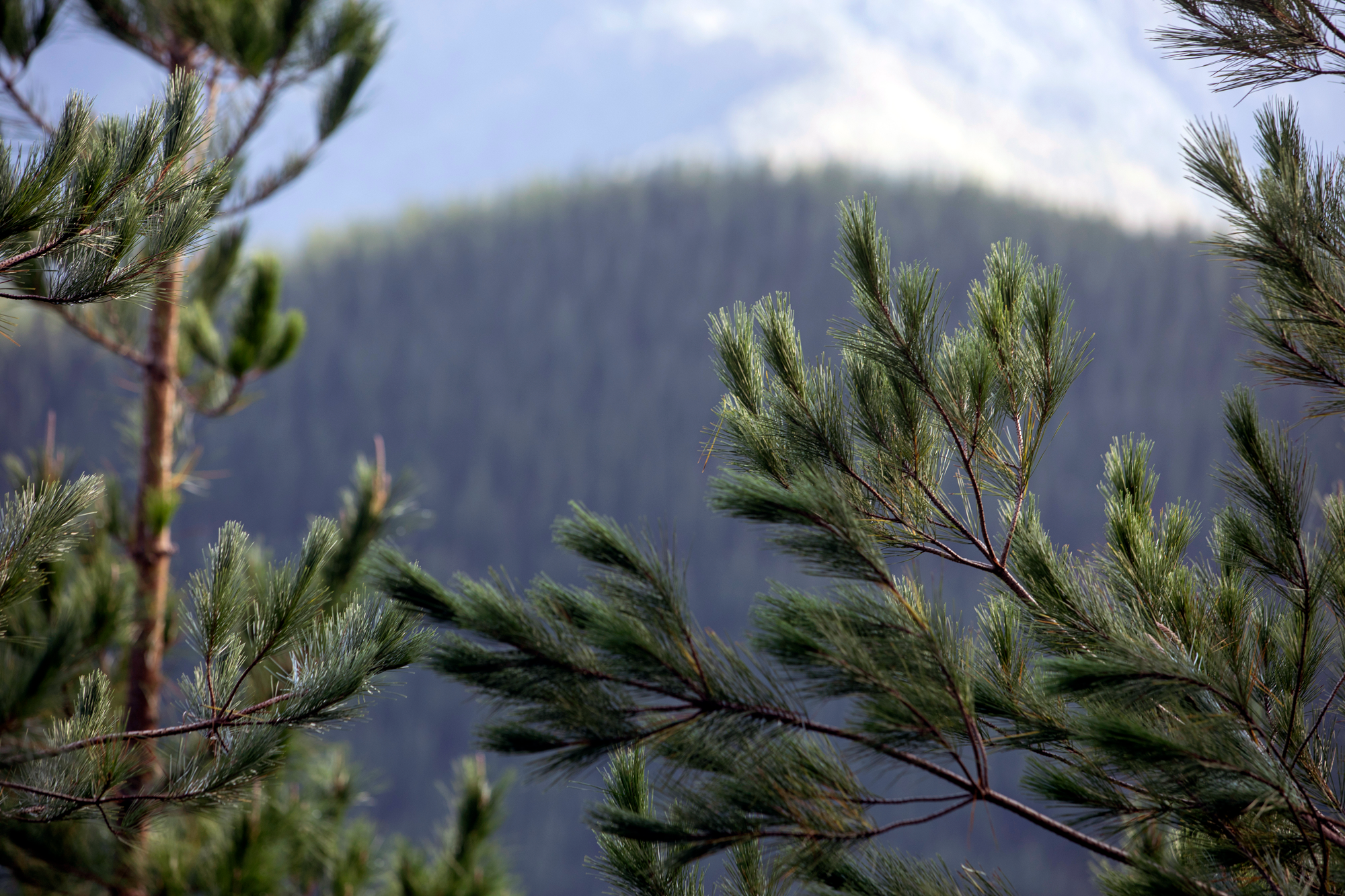
Services
We take pride in offering high quality, cost-effective forestry management services across New Zealand. We have long-standing relationships with the majority of our clients, their ongoing trust attesting to the quality of our service.
Advisory Services
With more than 24 years experience in all aspects of forestry management, founder David Koubek leads the advisory team. We pride ourselves on providing practical, hands-on advice at a fair cost. If you’re seeking guidance about starting, managing or growing your forest please get in touch.
Give David a call or txt on 021 117 2615
Planting
After land preparation, our team plant the preferred trees by hand. We work with a variety of tree stock, including native trees, and map the site to ensure correct density for the selected variety. We have strict quality control practices which ensure quality seedlings and optimum planting technique. This step is crucial to create a healthy and productive forest ecosystem.
Releasing
New trees compete with grass, weeds and other seedlings. Releasing provides the best start for your forestry asset. We offer chemical methods, and work with landowners and managers to complete this before or after planting, depending on the requirements of each job. Taking the time and extra care at this stage can result in a significantly more valuable forest.
Pruning
Pruning takes place when the trees are 5-8 years old. By removing all lower branches we produce clearwood, which is worth more at harvest. This process is critical to get right as it can significantly affect the value of your forest.
Thinning
When a forest is planted, we plant additional seedlings to encourage each tree to grow straight, with smaller branches, greatly improving tree quality. Manual thinning is used to remove some of the weaker and poorly formed trees. The healthiest trees are retained and given sufficient space to grow bigger, which provides a better return for our clients.
E-Thinning
Our team has a deep understanding of forestry care. We work to create innovative solutions that meet the needs of each of our clients. In response to industry demand, we now offer e-thinning.
Through targeted application of a small dose of chemical we cull weak and poorly formed trees, improving the quality of the forest. This thinning method removes the use of chainsaws and can improve forest growth and efficiency and reduce the physical strain on workers.


